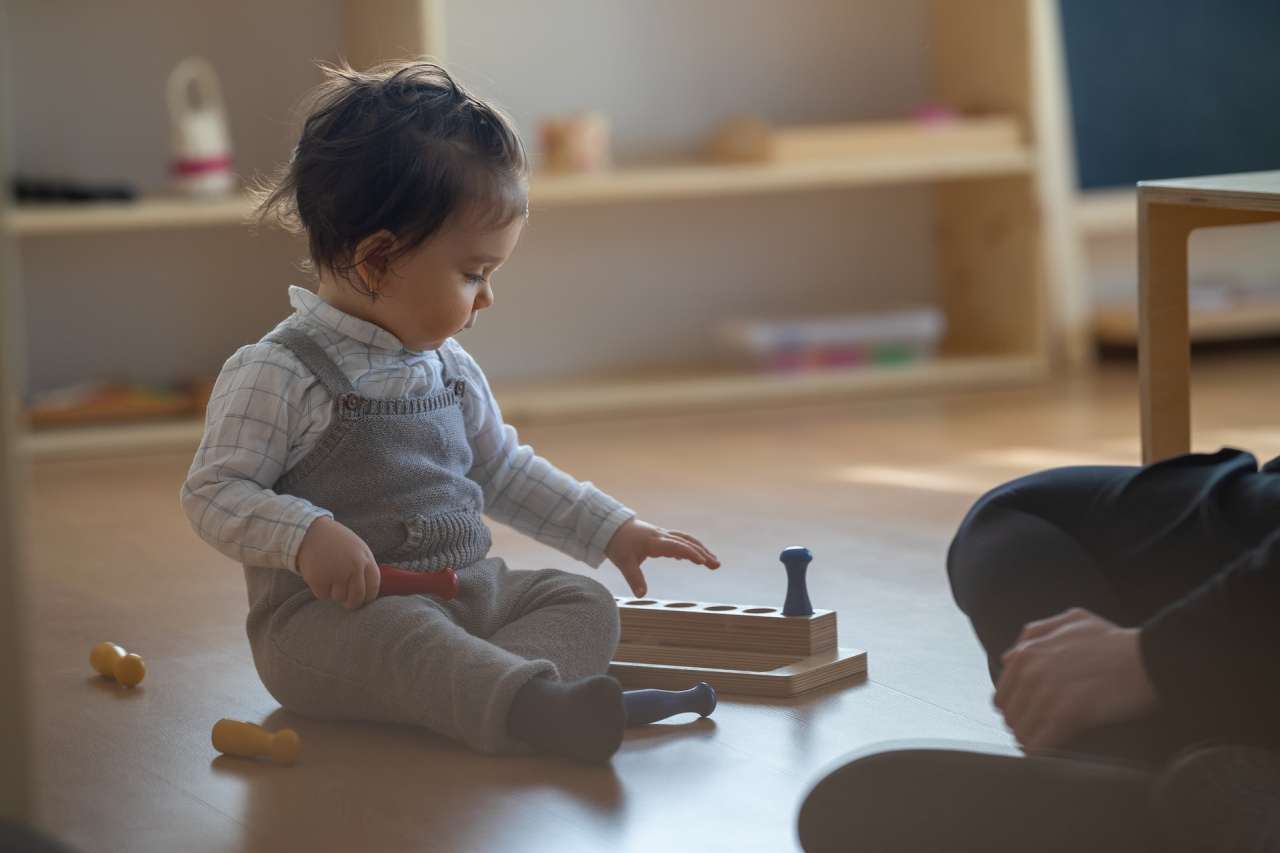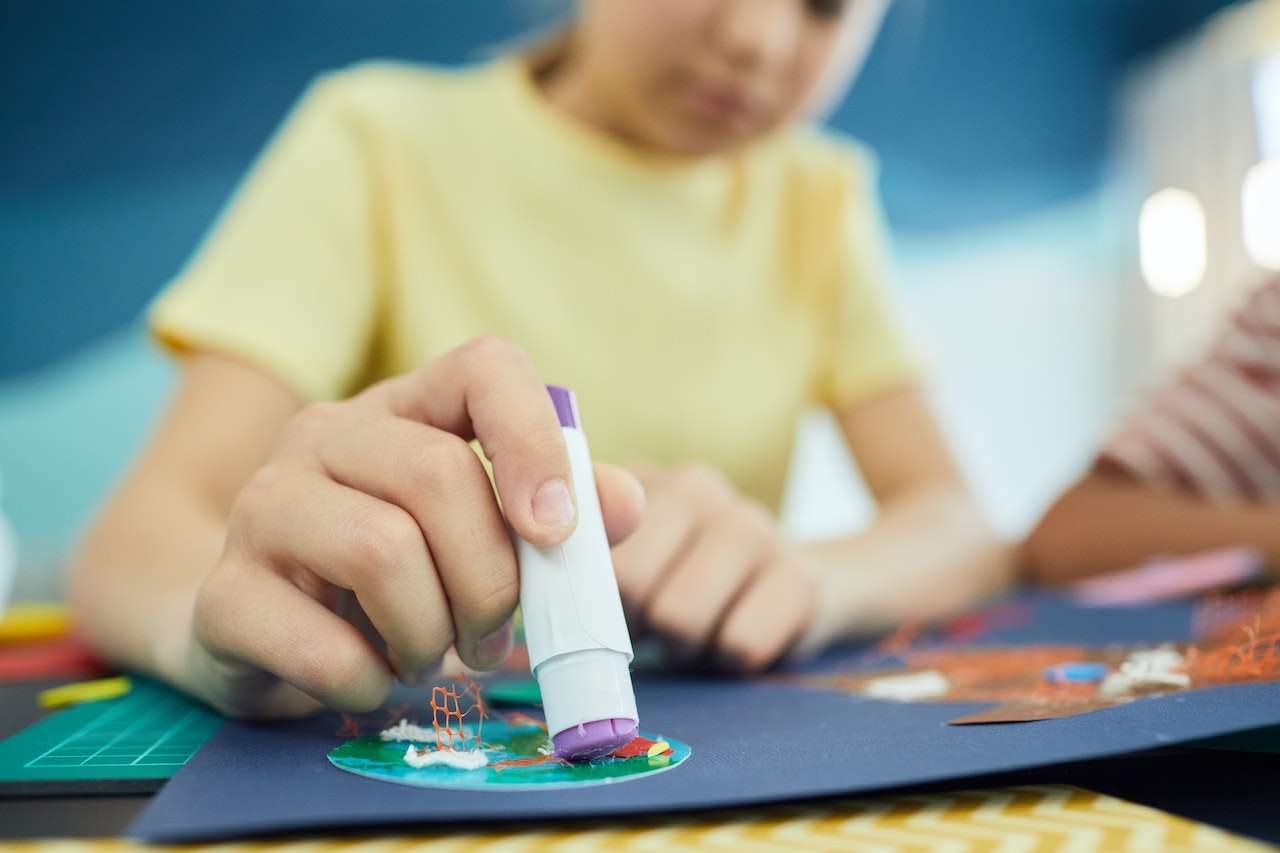The Montessori method of learning is a non-traditional method of teaching, that focuses entirely on the child and their natural ability of learning. Invented in 1907, by the Italian physician, Dr. Maria Montessori, the method is very popular all over the world.
Birth of the Montessori Method of learning
Born in 1870, in Italy, Maria Montessori was one of the first women, who had graduated from the University of Rome Medical School.
After her studies, Maria Montessori worked with mentally impaired children.
She noticed that these children were able to learn many things that seemed impossible if they were provided with the right environment, practice, and materials.
She then decided to change her educational approach to suit all individuals of all mental abilities. This gave birth to the Casa dei Bambini – The House of Children – in 1907. The Montessori Method of learning was born!
Her method became a huge success and inventors such as Alexander Graham Bell and Thomas Edison became her early advocates.
She traveled all over the world with her educative tool, to inspire progressive thinking, everywhere, she went.
She spent 6 years in India and established many schools, during her stay. Montessori education is very famous, in India.
She died in 1952 but her legacy is still carried forward. Creators such as Larry Page and Sergey Brin, co-founders of Google, continue to advocate for the Montessori Method of learning.
Principles of the Montessori Method of learning
Maria Montessori believed that every child is like a sponge between his/her birth to the age of 6.
The child can learn new things effortlessly and unconsciously, just by being in the right environment and having the opportunities to explore.
She called this concept the absorbent mind. Montessori has established a few principles, to make the learning experience of a child fun and fruitful.
1) Importance of playtime
Montessori learning is based on playing. A bored child won’t be interested to learn anything.
Education should be fun! Montessori understood that because she would say “Play is the work of the child.”
A child truly expresses himself or herself when they are playing. Montessori made sure to provide the right tools so that the child can play and learn at the same time.
2) Importance of the learning materials
There is not any predefined way for the children to engage with the learning materials.
How a child plays or engages or who he/she engages with while using the learning tools is totally up to the child.
The Montessori method lets the child experiment with his/her creativity as long the child cleans up the place once he/she is done playing.
3) Importance of a well-prepared environment
To make the whole experience enjoyable for the child, the classroom should have a specific environment. Montessori calls it a “ Prepared Environment”.
It is a space filled with order, cleanliness, beauty, and harmony, so that the child could move around freely to play, experiment, and learn. That’s why the Montessori classrooms are open and colorful.
4) The importance of independence
“Never help a child with a task at which he feels he can succeed.“, used to say, Maria Montessori.
The Montessori method teaches children to be independent and responsible.
Practical life activities, such as sweeping or personal care, and even cooking, are included.
This not only teaches the child to be independent but also to become self-confident, that he/she can do things on his/her own.
5) The importance of freedom, but with limits
The classrooms are open so that the children could play and learn freely.
However, freedom doesn’t mean that the child could do whatever he/she wants.
The child is given the opportunity to freely experiment with the methods or materials that parents or teachers have approved.
Maria Montessori used to call the teachers and the parents, the gardeners because they are the guide that helps the child to navigate in the right direction.
6) The importance of leadership
Each classroom has children of different ages. The older children are encouraged to help the younger ones.
This creates social bonds between the children, and it is a great way to plant seeds of leadership in them.
7) The importance of observation
Observation is a big part of Montessori Education. The teachers and the parents have to keep an eye constantly and carefully on the child to know what he/she is interested in.
Periodically, the children go through phases, called sensitive periods, where the child is only interested in doing only one kind of activity.
It can be climbing, transporting things, focusing on small details, or language.
At that moment, the parents and the teachers have to make sure, they provide appropriate activities and create an environment to encourage the child to develop the skill, they are currently focused on.
8) The importance of respect.
Every child is unique, every child has his/her own pace of learning and development.
The Montessori method acknowledges this and creates a safe space, where the child feels seen and respected for who he/she is.
In exchange, the child shows respect towards his/her parents and his/her for letting him/her become the person, he/she would like to be. This is a win-win situation!
Like all the methods, this one has also some disadvantages.
Some disadvantages of the Montessori method of learning
There are two main disadvantages to the Montessori method of learning:
1) Not accessible for families with low incomes
That’s right! It is not accessible for families with low income, even though the first classroom ever created, was for children from poor families! All the teacher training, the learning materials, and the space required for the children to play demands a big investment!
Hence, the Montessori schools demand high fees from parents, who are not always in the capacity to pay.
2) Lack of structure.
The Montessori method of learning believes in the self-learning process, guided by the teachers.
This type of education won’t be adapted to every child. Some children need more structure in order to learn as proposed by our traditional education.
Dr. Maria Montessori brought a drastic change to how education has been viewed and taught.
She introduced a more progressive way of teaching where the child is encouraged to be creative, independent, curious, open-minded, and respectful towards the other children and their mentors.
All the reasons, why this approach is still advocated by some great leaders of the 21st century!


